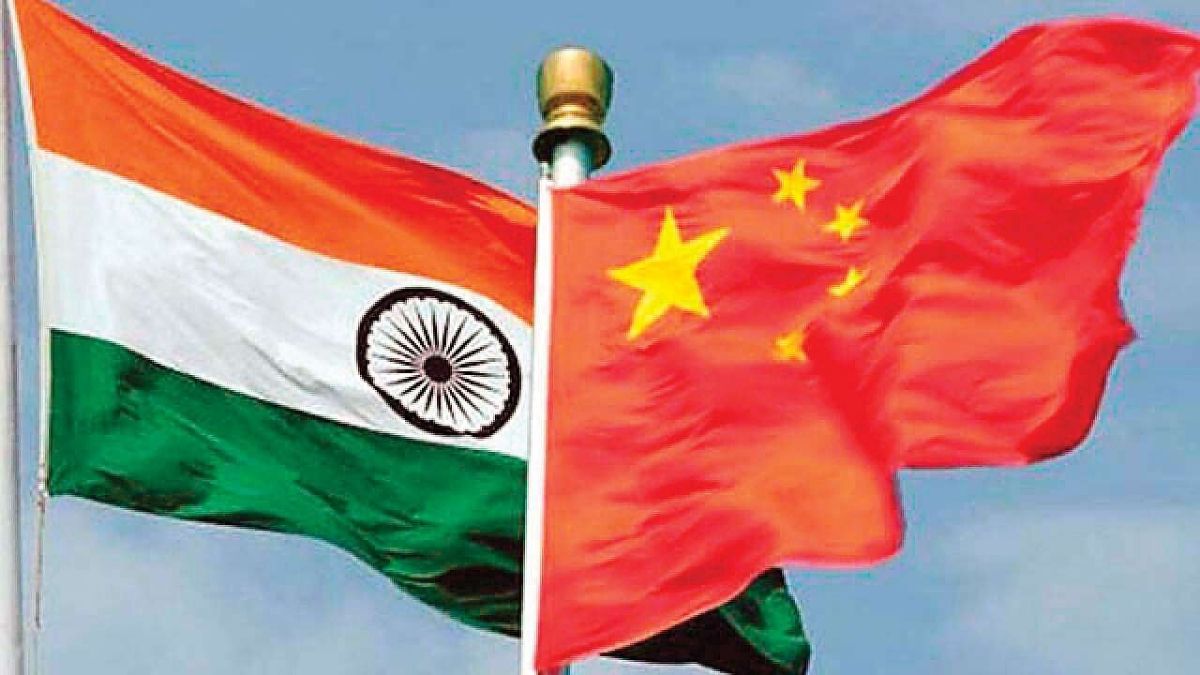
Who would have expected that at a time when the whole world is reeling under the vile spread of the coronavirus pandemic, China would start flexing its military muscle and resort to smash and grab tactics along its border with India, apart from trying to fulfil its military ambitions in the South China Sea?
China, of all countries! A country, which is, in this case, guilty until it can prove itself to be innocent of spreading the virus to the whole world. China, which could have made an opportunity of this crisis and proved itself to be a benevolent and humane power by taking the initiative to “atone” for its deeds. But then as observers of China will say, who wouldn’t have expected that it would not pick this exact moment to make the most of a bad situation?
Behind the mask of the “saviour” that China adorns, by throwing money to poor countries—coincidentally, also muzzling voices—is the face of a “colonialist”, who feeds on weaknesses to build its “empire”. Call it Machiavellian or plain opportunistic, the fact is, when the world is at its weakest, China is trying to take charge as the leader of the new world order that will emerge from the ruins of the destructive war against the virus.
And thus will dawn the “Communist Empire of China”, with Xi Jinping as Emperor, which may sound a tad too dramatic but is in keeping with China’s pride in its civilization and its desire to get its “due place” as the number one superpower dislodging the United States of America. But then they are at least ruthlessly clear-sighted about what they want, and they want India to be shown “its place”—firmly tethered to and hyphenated with Pakistan.
They don’t want India in any sort of military alliance with the United States; they don’t want India to sail into the South China Sea, adding heft to the military muscle of the alliance “against” China; they want to single-handedly sort out the disputes involved in the demarcation of the border with India; they don’t want India to improve its border infrastructure, and so on and so forth. That India is building infrastructure along the border it shares with China is obviously causing concern.
This has led to heightened military activity on the Chinese side of the Line of Actual Control, as obvious from recent troubles. And it is from this perspective that the Chinese incursion into Ladakh in the Galwan area has to be seen. But will this lead to any military confrontation, especially when seen in context of the fact that this highly militarized border has not seen any shots being fired in a very long time? Not even in Doklam, which was a tense standoff.
The answer to this question will depend on how deep the incursion is and how determined both sides are to either hold on to or reclaim their positions. Of course, opinion is divided on whether or not China wants to open up a “second front” at a time when tackling an angry United States in the South China Sea is its main concern. But the cold hard reality is that China thinks India is at its weakest; the cold hard reality is also that the Ladakh situation is much more serious than earlier instances of incursion.
And cold hard reality is what India will have to deal with—the only silver lining being China’s statement on Wednesday that the situation is “overall stable and controllable”.